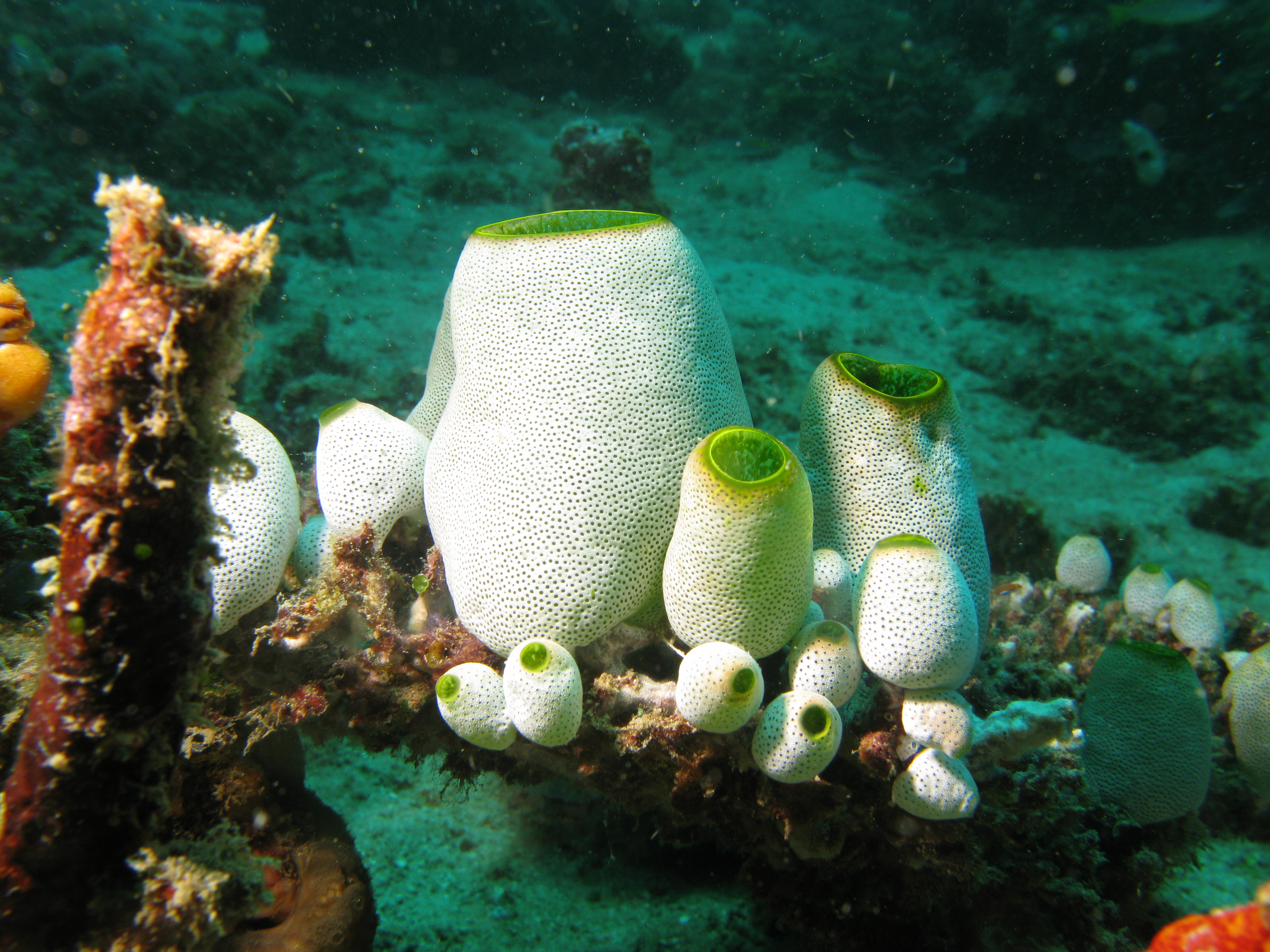|
Animal
Animals are multicellular, eukaryotic organisms in the Kingdom (biology), biological kingdom Animalia. With few exceptions, animals Heterotroph, consume organic material, Cellular respiration#Aerobic respiration, breathe oxygen, are Motility, able to move, can Sexual reproduction, reproduce sexually, and go through an ontogenetic stage in which their body consists of a hollow sphere of Cell (biology), cells, the blastula, during Embryogenesis, embryonic development. Over 1.5 million Extant taxon, living animal species have been Species description, described—of which around 1 million are Insecta, insects—but it has been estimated there are over 7 million animal species in total. Animals range in length from to . They have Ecology, complex interactions with each other and their environments, forming intricate food webs. The scientific study of animals is known as zoology. Most living animal species are in Bilateria, a clade whose members have a Symmetry in biology#Bilate ... [...More Info...] [...Related Items...] OR: [Wikipedia] [Google] [Baidu] |
Chordata
A chordate () is an animal of the phylum Chordata (). All chordates possess, at some point during their larval or adult stages, five synapomorphies, or primary physical characteristics, that distinguish them from all the other taxa. These five synapomorphies include a notochord, dorsal hollow nerve cord, endostyle or thyroid, pharyngeal slits, and a post-anal tail. The name “chordate” comes from the first of these synapomorphies, the notochord, which plays a significant role in chordate structure and movement. Chordates are also bilaterally symmetric, have a coelom, possess a circulatory system, and exhibit metameric segmentation. In addition to the morphological characteristics used to define chordates, analysis of genome sequences has identified two conserved signature indels (CSIs) in their proteins: cyclophilin-like protein and mitochondrial inner membrane protease ATP23, which are exclusively shared by all vertebrates, tunicates and cephalochordates. These CSIs provi ... [...More Info...] [...Related Items...] OR: [Wikipedia] [Google] [Baidu] |
Ascidiacea
Ascidiacea, commonly known as the ascidians, tunicates (in part), and sea squirts (in part), is a polyphyletic class in the subphylum Tunicata of sac-like marine invertebrate filter feeders. Ascidians are characterized by a tough outer "tunic" made of a polysaccharide. Ascidians are found all over the world, usually in shallow water with salinities over 2.5%. While members of the Thaliacea and Larvacea (Appendicularia) swim freely like plankton, sea squirts are sessile animals after their larval phase: they then remain firmly attached to their substratum, such as rocks and shells. There are 2,300 species of ascidians and three main types: solitary ascidians, social ascidians that form clumped communities by attaching at their bases, and compound ascidians that consist of many small individuals (each individual is called a zooid) forming colonies up to several meters in diameter. Sea squirts feed by taking in water through a tube, the oral siphon. The water enters ... [...More Info...] [...Related Items...] OR: [Wikipedia] [Google] [Baidu] |
Enterogona
Ascidiacea, commonly known as the ascidians, tunicates (in part), and sea squirts (in part), is a polyphyletic class in the subphylum Tunicata of sac-like marine invertebrate filter feeders. Ascidians are characterized by a tough outer "tunic" made of a polysaccharide. Ascidians are found all over the world, usually in shallow water with salinities over 2.5%. While members of the Thaliacea and Larvacea (Appendicularia) swim freely like plankton, sea squirts are sessile animals after their larval phase: they then remain firmly attached to their substratum, such as rocks and shells. There are 2,300 species of ascidians and three main types: solitary ascidians, social ascidians that form clumped communities by attaching at their bases, and compound ascidians that consist of many small individuals (each individual is called a zooid) forming colonies up to several meters in diameter. Sea squirts feed by taking in water through a tube, the oral siphon. The water enters ... [...More Info...] [...Related Items...] OR: [Wikipedia] [Google] [Baidu] |
Corellidae
Corellidae is a family of sea squirts belonging to the suborder Phlebobranchia. Genera The World Register of Marine Species includes the following genera in this family: *'' Abyssascidia'' Herdman, 1880 *''Chelyosoma ''Chelyosoma'' is a genus of tunicates belonging to the family Corellidae. The genus has almost cosmopolitan distribution. Species: *''Chelyosoma columbianum'' *''Chelyosoma dofleini'' *''Chelyosoma inaequale'' *''Chelyosoma macleayanum'' ...'' Broderip & Sowerby, 1830 *'' Clatripes'' Monniot F. & Monniot C., 1976 *'' Corella'' Alder & Hancock, 1870 *'' Corelloides'' Oka, 1926 *'' Corellopsis'' Hartmeyer, 1903 *'' Corynascidia'' Herdman, 1882 *'' Dextrogaster'' Monniot F., 1962 *'' Mysterascidia'' Monniot C. & Monniot F., 1982 *'' Rhodosoma'' Ehrenberg, 1828 *'' Xenobranchion'' Ärnbäck-Christie-Linde, 1950 References Enterogona Tunicate families {{tunicata-stub ... [...More Info...] [...Related Items...] OR: [Wikipedia] [Google] [Baidu] |
Tunicates
A tunicate is a marine invertebrate animal, a member of the subphylum Tunicata (). It is part of the Chordata, a phylum which includes all animals with dorsal nerve cords and notochords (including vertebrates). The subphylum was at one time called Urochordata, and the term urochordates is still sometimes used for these animals. They are the only chordates that have lost their myomeric segmentation, with the possible exception of the 'seriation of the gill slits'. Some tunicates live as solitary individuals, but others replicate by budding and become colonies, each unit being known as a zooid. They are marine filter feeders with a water-filled, sac-like body structure and two tubular openings, known as siphons, through which they draw in and expel water. During their respiration and feeding, they take in water through the incurrent (or inhalant) siphon and expel the filtered water through the excurrent (or exhalant) siphon. Most adult tunicates are sessile, immobile and p ... [...More Info...] [...Related Items...] OR: [Wikipedia] [Google] [Baidu] |




